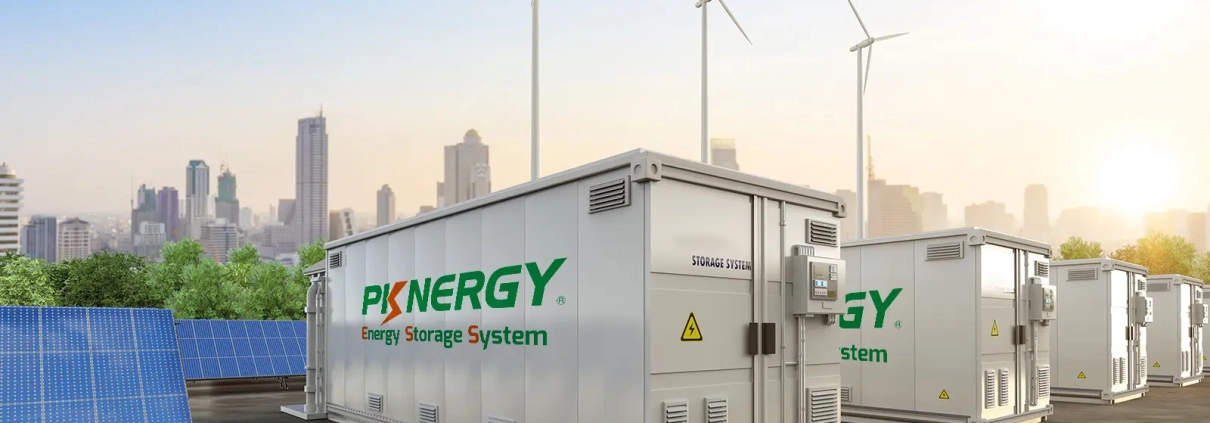Choosing the Best Battery for Your ESS Needs
As energy prices continue to rise, the popularity of Energy Storage Systems (ESS) has surged. These systems, which utilize batteries in conjunction with renewable sources and the grid, have become indispensable for businesses seeking to mitigate escalating energy costs and unstable voltage levels.
Installing commercial batteries linked to a cost-effective renewable energy network (such as solar panels or wind power) allows for strategic energy utilization during peak periods of high electricity prices, ultimately saving on operational expenses and ensuring consistent power consumption.
To establish your own energy market, selecting the best battery is paramount. There are several critical factors to consider when choosing a battery for an Energy Storage System (ESS). The following step-by-step guide will assist you in making informed decisions for your clients:
Define Your Customer’s Energy Storage Needs:
Identify specific requirements for energy storage, including capacity (kWh), voltage, and expected depth of discharge.
Consider Battery Chemistry:
Different battery chemistries offer unique advantages. In recent years, LiFePO4(LFP) batteries have been recognized by the market due to their long life and high safety. On the other hand, while lead-acid batteries have lower upfront costs and shorter cycle life, Li-ion batteries are more environmentally friendly than lead-acid batteries. So many companies Lithium Replacing Lead Acid Battery.
Evaluate Cycle Life and Warranty:
Cycle life, or the number of charge-discharge cycles a battery can endure, is a crucial factor. For example, PKNERGYPOWER All-in-One 10KWh-20KWh ON/Off-grid Energy Storage System boasts a cycle life of no less than 7000 cycles at 90% Depth of Discharge (DOD), 0.5C.
Evaluate Depth of Discharge (DoD):
Determine the depth of discharge per cycle. Some batteries are designed for shallow cycling, while others can handle deeper discharges without significant degradation.
Consider Temperature and Environmental Conditions:
Ensure that the selected battery operates effectively within the temperature range of your location.
Size and Space Limitations:
Take into account the physical dimensions and weight of the battery. Confirm that the chosen battery can be accommodated in your chosen location. PKNERGYPOWER offers flexible options such as Stacked Type and rack mount batteries for easy customization.
Compatibility with Inverters and Chargers:
Verify that the selected battery is compatible with the chosen inverter and charger for the ESS. Some batteries may require specific charging and discharging parameters.
Security and Regulatory Compliance:
Select a battery that meets safety standards and regulations in your area. Features like thermal runaway protection and overcurrent protection are crucial considerations.
Costs and Budget:
Account for both the initial cost of the battery and the total cost of ownership over its lifespan. This includes factors such as cycle life, maintenance, and replacement costs.
Manufacturer Reputation and Support:
Opt for a reputable manufacturer with a proven track record of producing reliable, high-quality batteries. PKNERGYPOWER boasts over 20 years of experience in the industry and offers ODM services for all its products.
Consider Scalability (if needed):
If future expansion of the ESS is anticipated, evaluate whether the chosen battery technology allows for straightforward scalability.
By thoughtfully weighing these factors, you can select a battery that aligns perfectly with your specific ESS requirements, guaranteeing dependable and efficient energy storage.
Get in touch with PKNERGYPOWER to get your best energy storage battery solution Right NOW!





